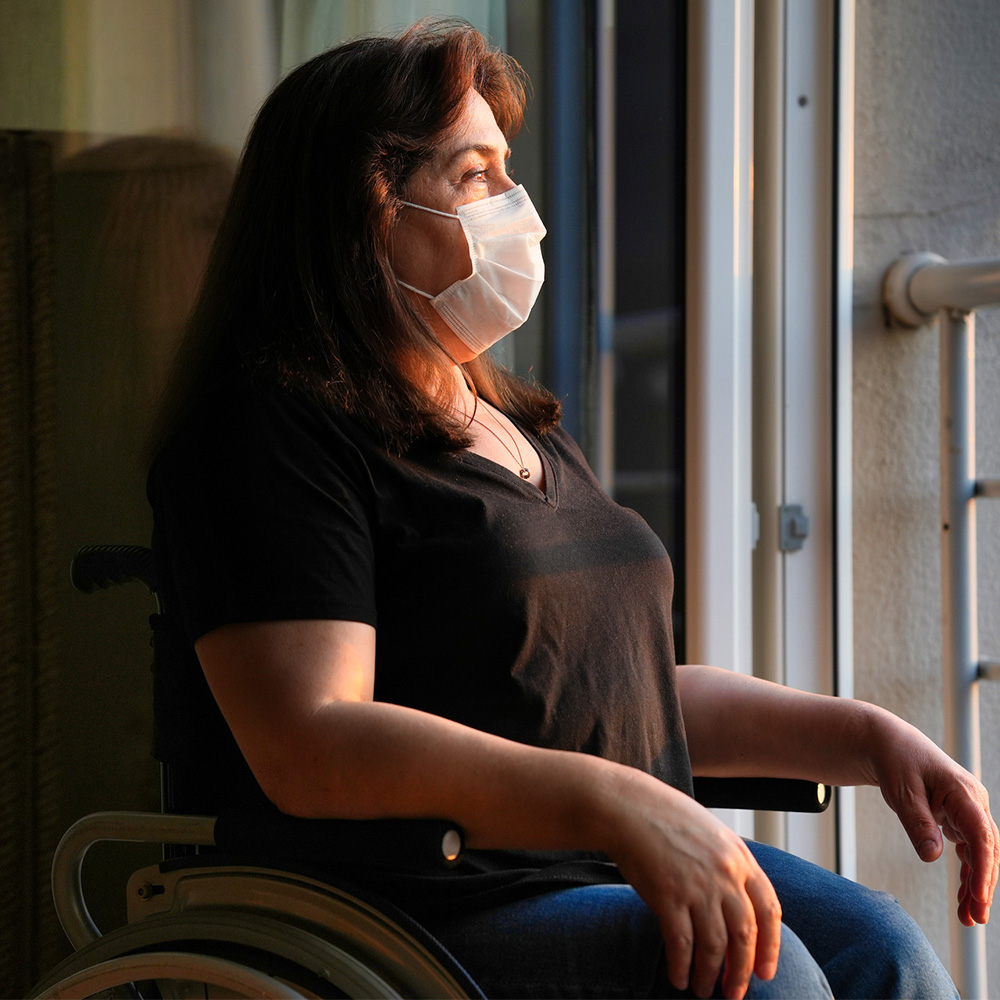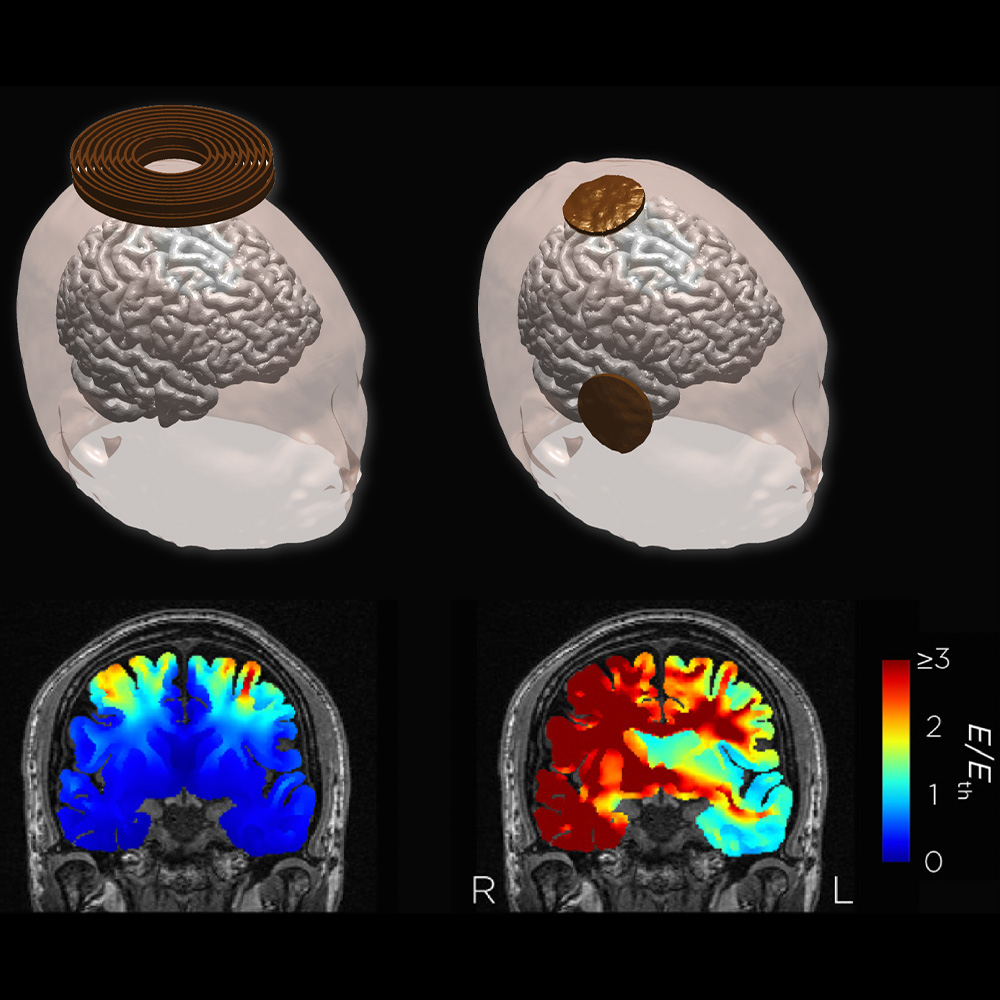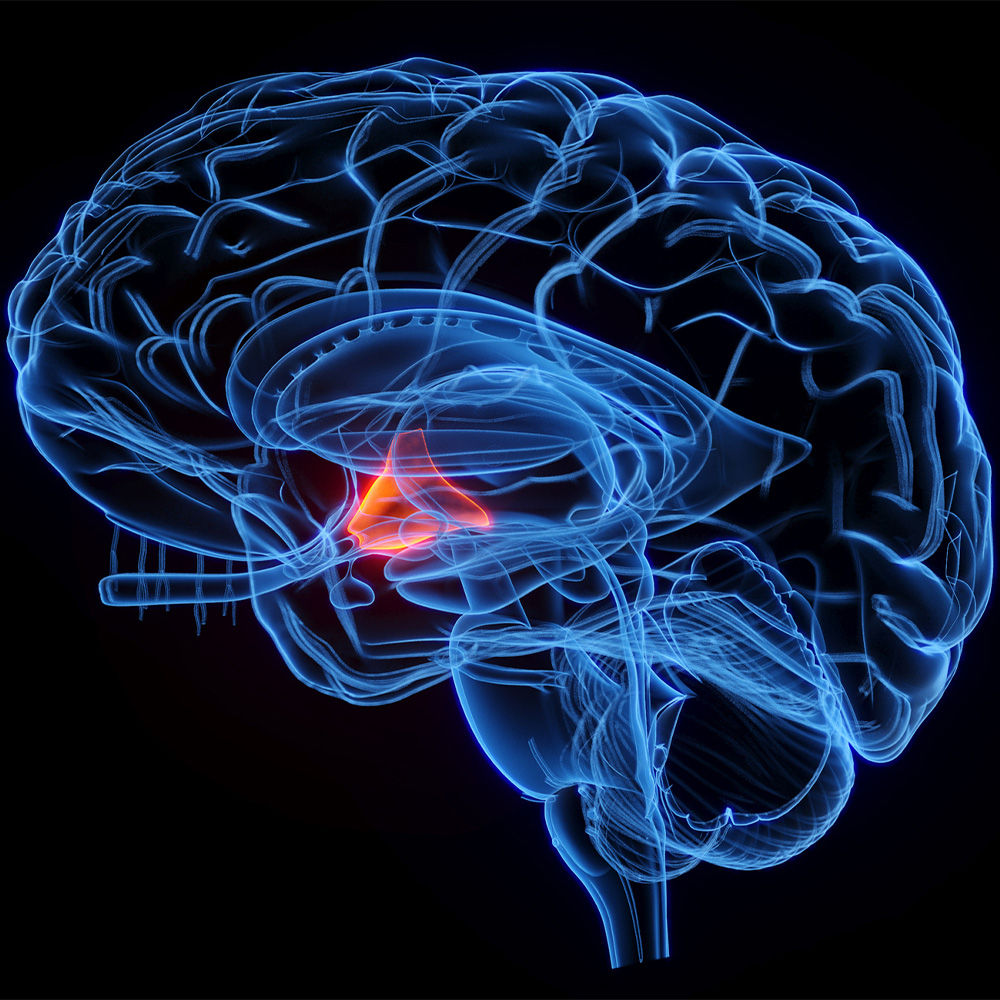Study: Autism behaviors can be reversed in adult mice
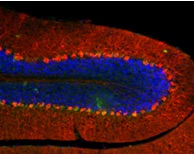
DALLAS – Oct. 24, 2018 – Scientists have long wondered about a point of no return for autistic children – the stage in life when their brains would not benefit from a newly discovered treatment.
New research in mice indicates the window for recovery may be quite lengthy, extending from infancy well into adulthood.
A study by UT Southwestern tested a therapy that reversed social impairment in adolescent and adult mice with autism-related behaviors. The surprising finding – assuming it translates to humans – portends a broad range of patients who may benefit if scientists develop breakthrough therapies.
“The concern I hear from parents is whether it’s too late for their children, or will a medication discovered in 10 or 15 years still be able to help them,” said Dr. Peter Tsai, who led the research from UT Southwestern’s Peter O’Donnell Jr. Brain Institute. “This study tells us there may still be time.”
The research – the cover story of an October edition of Cell Reports – involved treatment of mice with tuberous sclerosis complex (TSC), a neurodevelopmental disorder associated with autism rates approaching 50 percent. By administering a medication that normalizes cellular changes caused by a genetic defect, researchers found that social impairment can be corrected even when treatment was started as an adult. However, the repetitive behaviors that are characteristic of autistic patients could only be reversed much earlier in life.
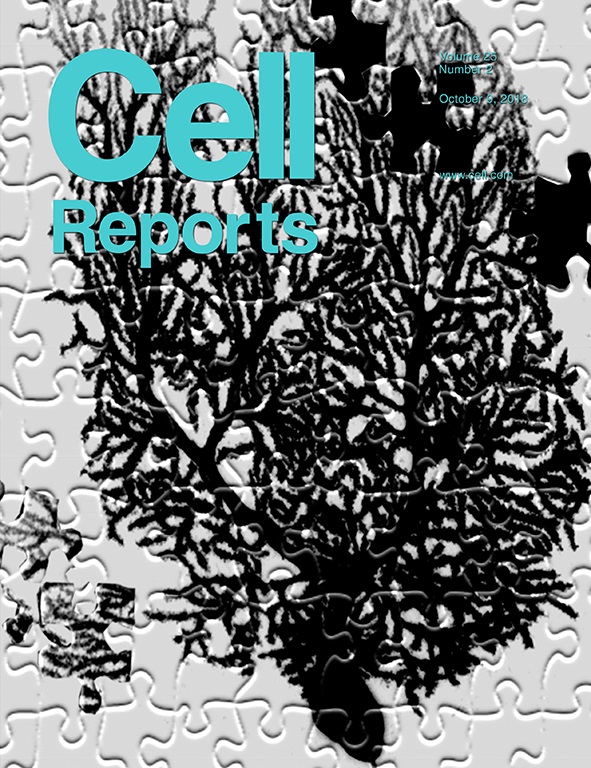
Dr. Tsai said the results would need verification in clinical trials to establish whether they are applicable to humans. Although trials would focus initially on TSC patients with autism, the results could solidify the idea that autism in general is treatable in both children and adults.
“This study provides preliminary evidence that even later treatment might provide benefit,” Dr. Tsai said. “We could make a world of difference for patients even if we’re only able to rescue difficulties with social interaction.”
The research adds to growing data indicating critical time periods for treating neurodevelopmental disorders. Dr. Tsai’s team published a study in 2017 showing that neuromodulation can also fix social impairment in mice later in life but not repetitive behavior. Together, the studies suggest that various approaches might be beneficial for certain autism behaviors into adulthood. The findings also demonstrate potential limitations even for therapies that target the underlying causes in genetic disorders.
Autism spectrum disorders are estimated to affect as many as 1 in 59 children in the U.S. They are characterized by social interaction and communication challenges, and restricted and repetitive behaviors. These behaviors can include repeating words or phrases, or physical actions such as rocking, flicking, or pacing.
While current interventions such as speech and behavioral therapy aim to manage these symptoms, few treatments exist that can correct autism-related behaviors on a molecular level. Rapamycin, the medication used in the new study, is commonly used for immunosuppression in organ transplant patients. It has also been used in TSC patients to suppress symptoms such as seizures.
But scientists have struggled to develop treatments that would benefit a larger autism population, in part because they don’t have a full understanding of the potentially thousands of genetic and non-genetic factors that can cause neurodevelopmental disorders. The most common known gene defect behind autism only accounts for about 2 percent of all cases.
“The mechanisms behind autism are immensely complex,” Dr. Tsai said. “Once we better understand the many underpinnings of the condition, we can develop treatments that target those genes. And as we have shown in this study, when that happens, hopefully even adult patients can benefit.”
About the study
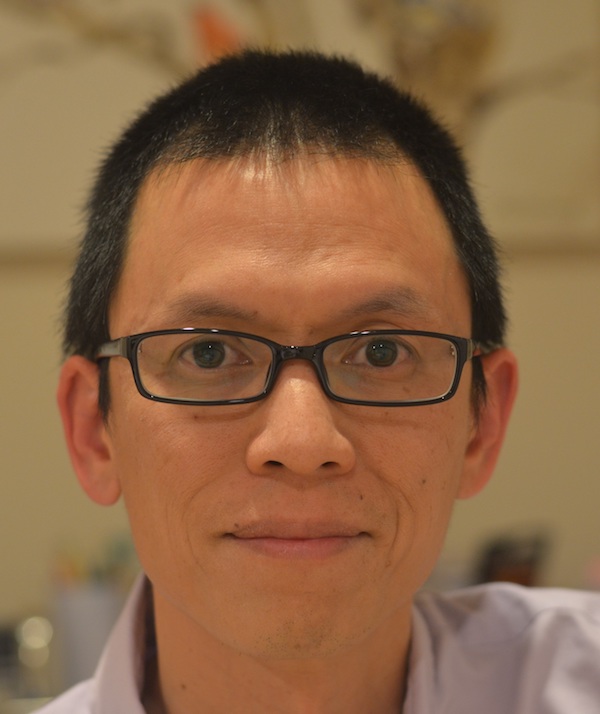
Dr. Tsai, Assistant Professor of Neurology & Neurotherapeutics, cares for children with autism and cerebellar disorders as part of the Center for Autism & Developmental Disabilities, a joint program between UT Southwestern and Children’s Medical Center Dallas. He collaborated on the study with Harvard Medical School, the University of Toronto, and the Hospital for Sick Kids in Toronto.
The study was funded in part by the Nancy Lurie Marks Family Foundation, the Hearst Foundation Inc., the National Institute of Neurological Disorders and Stroke, Boston Children’s Hospital, the Translational Research Program and Intellectual and Developmental Disabilities Research Center, the Canadian Institutes of Health Research, Ontario Brain Institute, and Brain Canada.
About UT Southwestern Medical Center
UT Southwestern, one of the premier academic medical centers in the nation, integrates pioneering biomedical research with exceptional clinical care and education. The institution’s faculty has received six Nobel Prizes, and includes 22 members of the National Academy of Sciences, 16 members of the National Academy of Medicine, and 15 Howard Hughes Medical Institute Investigators. The faculty of more than 2,700 is responsible for groundbreaking medical advances and is committed to translating science-driven research quickly to new clinical treatments. UT Southwestern physicians provide care in about 80 specialties to more than 105,000 hospitalized patients, nearly 370,000 emergency room cases, and oversee approximately 2.4 million outpatient visits a year.


